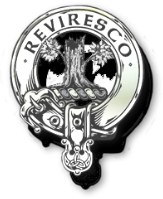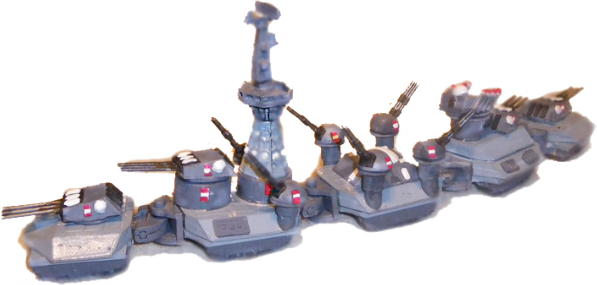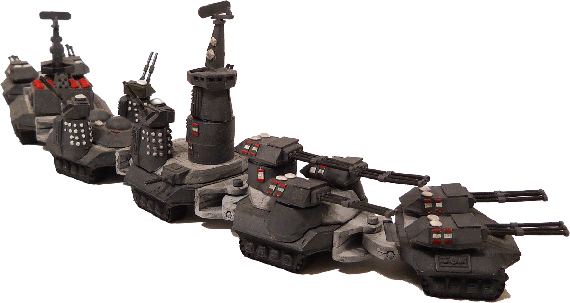In the early days of the Terran Empire, technological advances changed the face of battle in ways none had foreseen. Previous to this time the size and weight of an Armored Fighting Vehicle (AFV) had been restricted by considerations relating primarily to mobility. The width of the vehicle was restricted to not more than eleven feet, (the international railway clearance gage). Extremely heavy tanks, such as the proposed German Maus were too heavy for most existing bridges and, had they been produced would have been mostly road bound by their high ground pressure.
A second consideration restricting the size of AFVs was the fact that a large tank is just that much more a target for a strike aircraft or flying missile. However, at the beginning of the 21st century advances in laser technology drove the combat aircraft from the sky. By the year 2020 only aircraft capable of using terrain masking had any chance of survival over the battlefield. Even incoming missiles and artillery shells could be intercepted and destroyed in flight. Since anything that could be seen and fired at directly, could be hit, only the heaviest of armored vehicles could hope to survive in the thick of battle.
As a consequence, tanks began to grow in size to accommodate larger guns and heavier armor. Mobility, while still a problem, was improved by lighter weight composite armors and be new engine technology which greatly improved the amount of available power. The AFVs of this period were required to be sealed against the effects of Chemical, Bacteriological, and Radiological warfare; making them submersible was the next logical step. Most AFVs of the Empire period were capable of underwater operation, limited only by the endurance of their batteries or fuel cells.
Late in the 21st Century, the emergence of anti-grav technology and the availability of high power to weight ratio Hydrogen Fusion Turbines (HFTs), made the great tanks of the Empire period a practical reality. The MBT-100, one of the earliest and most typical of the great tanks was twenty-four feet wide, fifty feet long and over eighteen feet high. AFVs of this size were common in the early days of the Empire. But science, driven by the urgencies of war, was about to unleash an even more terrifying weapon onto the battle field, the Landship!
Landships; huge segmented, caterpillar like, armored vehicles equipped with multiple heavy gun turrets; covered with secondary turrets and laser projectors for interception of incoming missiles and over all, the seemingly impregnable force screen. Grinding their way across the land, swimming or submerged in the rivers or seas, the great landships were the terror of their age.
The Days of Empire and the Landship Battles had begun!





